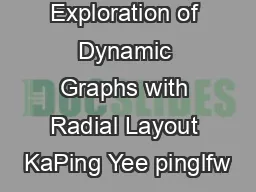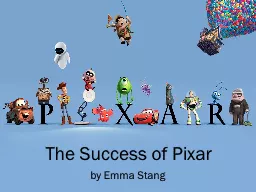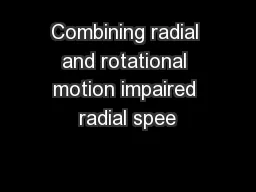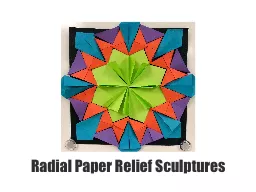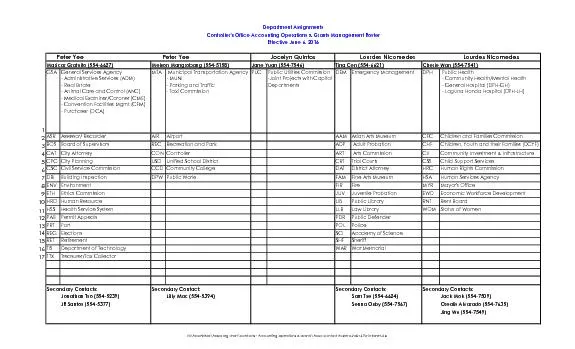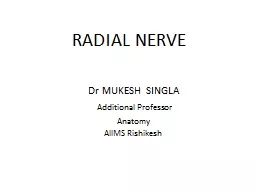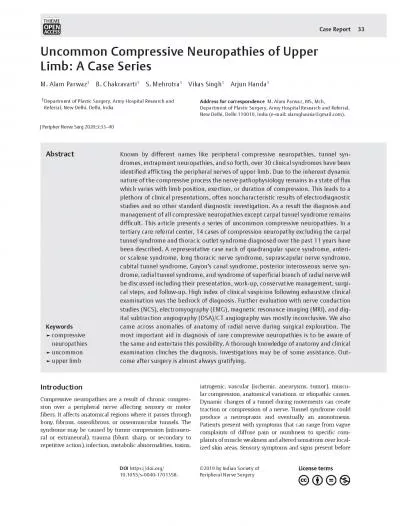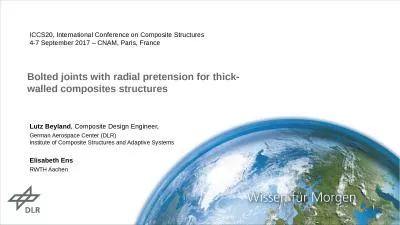PDF-Animated Exploration of Dynamic Graphs with Radial Layout KaPing Yee pinglfw
Author : lindy-dunigan | Published Date : 2015-02-17
org Danyel Fisher danyelfcsberkeleyedu Rachna Dhamija rachnasimsberkeleyedu Marti Hearst hearstsimsberkeleyedu University of California Berkeley Abstract We describe
Presentation Embed Code
Download Presentation
Download Presentation The PPT/PDF document "Animated Exploration of Dynamic Graphs w..." is the property of its rightful owner. Permission is granted to download and print the materials on this website for personal, non-commercial use only, and to display it on your personal computer provided you do not modify the materials and that you retain all copyright notices contained in the materials. By downloading content from our website, you accept the terms of this agreement.
Animated Exploration of Dynamic Graphs with Radial Layout KaPing Yee pinglfw: Transcript
Download Rules Of Document
"Animated Exploration of Dynamic Graphs with Radial Layout KaPing Yee pinglfw"The content belongs to its owner. You may download and print it for personal use, without modification, and keep all copyright notices. By downloading, you agree to these terms.
Related Documents

